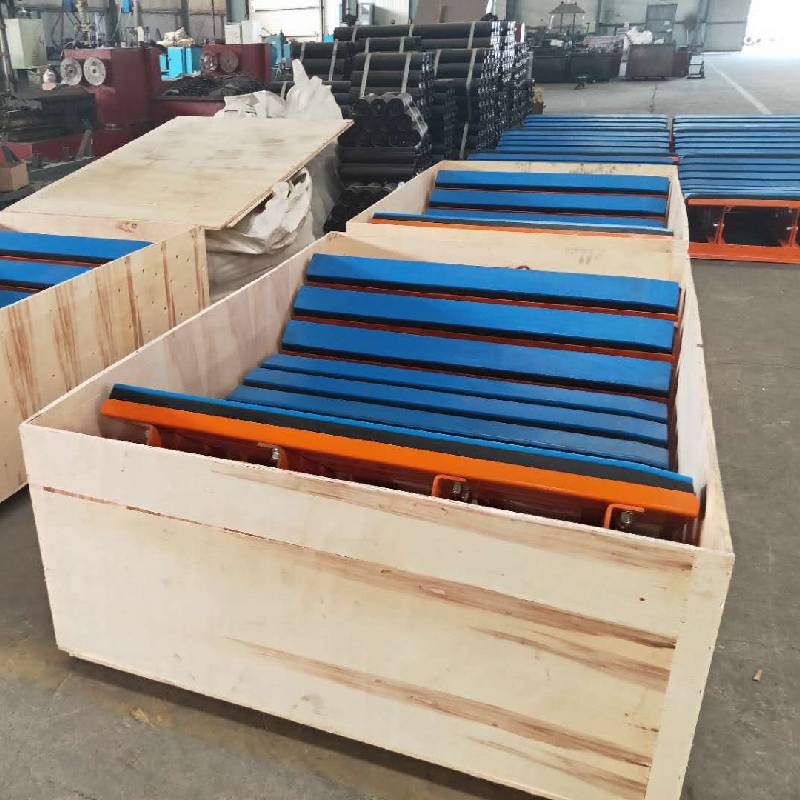 Afrikaans
Afrikaans  Albanian
Albanian  Amharic
Amharic  Arabic
Arabic  Armenian
Armenian  Azerbaijani
Azerbaijani  Basque
Basque  Belarusian
Belarusian  Bengali
Bengali  Bosnian
Bosnian  Bulgarian
Bulgarian  Catalan
Catalan  Cebuano
Cebuano  Corsican
Corsican  Croatian
Croatian  Czech
Czech  Danish
Danish  Dutch
Dutch  English
English  Esperanto
Esperanto  Estonian
Estonian  Finnish
Finnish  French
French  Frisian
Frisian  Galician
Galician  Georgian
Georgian  German
German  Greek
Greek  Gujarati
Gujarati  Haitian Creole
Haitian Creole  hausa
hausa  hawaiian
hawaiian  Hebrew
Hebrew  Hindi
Hindi  Miao
Miao  Hungarian
Hungarian  Icelandic
Icelandic  igbo
igbo  Indonesian
Indonesian  irish
irish  Italian
Italian  Japanese
Japanese  Javanese
Javanese  Kannada
Kannada  kazakh
kazakh  Khmer
Khmer  Rwandese
Rwandese  Korean
Korean  Kurdish
Kurdish  Kyrgyz
Kyrgyz  Lao
Lao  Latin
Latin  Latvian
Latvian  Lithuanian
Lithuanian  Luxembourgish
Luxembourgish  Macedonian
Macedonian  Malgashi
Malgashi  Malay
Malay  Malayalam
Malayalam  Maltese
Maltese  Maori
Maori  Marathi
Marathi  Mongolian
Mongolian  Myanmar
Myanmar  Nepali
Nepali  Norwegian
Norwegian  Norwegian
Norwegian  Occitan
Occitan  Pashto
Pashto  Persian
Persian  Polish
Polish  Portuguese
Portuguese  Punjabi
Punjabi  Romanian
Romanian  Russian
Russian  Samoan
Samoan  Scottish Gaelic
Scottish Gaelic  Serbian
Serbian  Sesotho
Sesotho  Shona
Shona  Sindhi
Sindhi  Sinhala
Sinhala  Slovak
Slovak  Slovenian
Slovenian  Somali
Somali  Spanish
Spanish  Sundanese
Sundanese  Swahili
Swahili  Swedish
Swedish  Tagalog
Tagalog  Tajik
Tajik  Tamil
Tamil  Tatar
Tatar  Telugu
Telugu  Thai
Thai  Turkish
Turkish  Turkmen
Turkmen  Ukrainian
Ukrainian  Urdu
Urdu  Uighur
Uighur  Uzbek
Uzbek  Vietnamese
Vietnamese  Welsh
Welsh  Bantu
Bantu  Yiddish
Yiddish  Yoruba
Yoruba  Zulu
Zulu conveyor drum lagging
Understanding Conveyor Drum Lagging Importance and Benefits
Conveyor systems are integral to various industries, from mining to manufacturing, as they facilitate the efficient movement of materials. One crucial component of these conveyor systems is the drum, which serves as a driving force. To enhance the performance and longevity of these drums, conveyor drum lagging becomes essential.
What is Conveyor Drum Lagging?
Conveyor drum lagging refers to the process of applying a material layer, often made of rubber or ceramic, to the surface of the conveyor drum. This layer increases the drum’s friction with the conveyor belt, ensuring better grip and reducing slippage. Moreover, drum lagging can protect the drum from wear and tear caused by the constant movement and the harsh environments in which conveyor systems operate.
Importance of Drum Lagging
1. Increased Friction One of the primary purposes of lagging is to provide increased friction between the drum and the conveyor belt. This ensures effective power transfer, allowing the belt to move smoothly along the conveyor system. Improved grip reduces the likelihood of belt slippage, which can lead to significant operational disruptions.
conveyor drum lagging

2. Protection Against Wear The conveyor drums are subjected to significant wear and tear from continuous operation. Lagging acts as a protective layer that can absorb impacts, thereby prolonging the life of the drum. By reducing direct contact between the drum and external materials, lagging minimizes damage and maintenance costs.
3. Improved Material Handling With the added grip from lagging, the conveyor can handle various materials more effectively. Whether it’s heavy bulk materials or lighter products, lagged drums enable a more reliable transport process, enhancing overall productivity.
4. Cost-Effectiveness While there is an initial expense associated with lagging installation, the long-term benefits far outweigh the costs. By reducing maintenance requirements and prolonging drum life, lagging can lead to substantial savings over time. Furthermore, fewer breakdowns mean less downtime, which translates to improved efficiency and productivity.
5. Customization Options Conveyor drum lagging comes in various materials and textures, allowing for customization according to the specific requirements of different industries. Whether rubber for flexibility or ceramic for high-temperature resistance, selecting the right type of lagging can optimize conveyor performance.
Conclusion
In conclusion, conveyor drum lagging is a vital component that enhances the efficiency and longevity of conveyor systems. By increasing friction, protecting against wear, and improving material handling capabilities, it contributes significantly to operational effectiveness. As industries continue to evolve, the importance of investing in high-quality drum lagging cannot be overstated. Understanding its benefits can lead to better decision-making and ultimately drive success in material handling operations.
-
Revolutionizing Conveyor Reliability with Advanced Rubber Lagging PulleysNewsJul.22,2025
-
Powering Precision and Durability with Expert Manufacturers of Conveyor ComponentsNewsJul.22,2025
-
Optimizing Conveyor Systems with Advanced Conveyor AccessoriesNewsJul.22,2025
-
Maximize Conveyor Efficiency with Quality Conveyor Idler PulleysNewsJul.22,2025
-
Future-Proof Your Conveyor System with High-Performance Polyurethane RollerNewsJul.22,2025
-
Driving Efficiency Forward with Quality Idlers and RollersNewsJul.22,2025





























